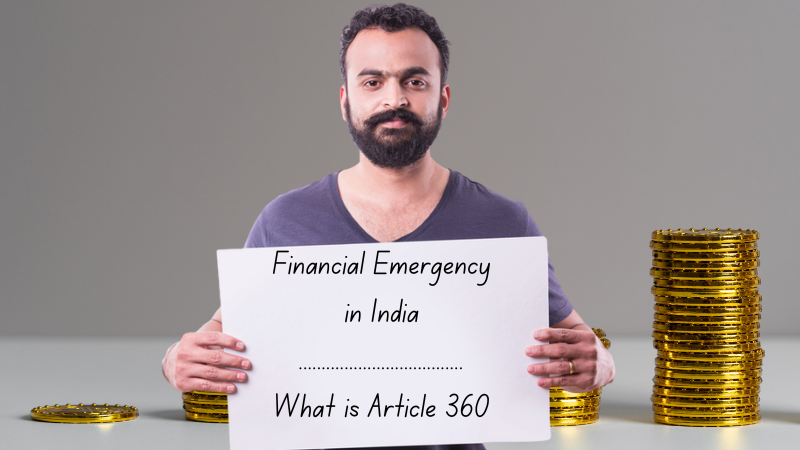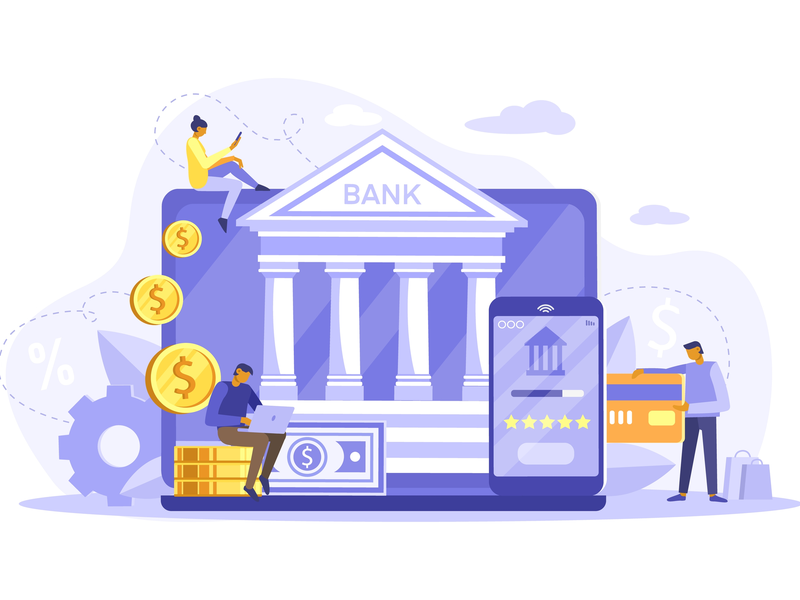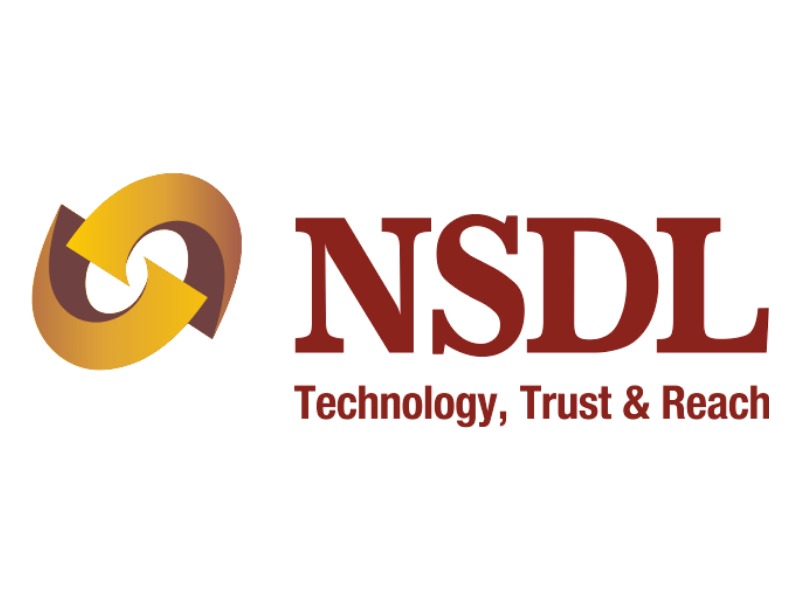
The issue
After introducing BHIM (Bharat Interface for Money) app, the government has now shifted focus on enabling Aadhar-based payment and transactions. This is a good initiative from a governance and digital economy perspective. Here, the entire financial history and status of an individual is linked to his Aadhar card and serves to simplify transactions, eliminating fraud, etc.
However, there are two big concerns around a centralized database like Aadhar:
- Security of the data from hacking, stealing, etc: no matter how tough the protection, there is always some chances of a determined attacker getting through and wreaking havoc
- Privacy concerns: that the day could be misused by the government of the day to invade citizens’ privacy
These concerns are, of course, global and not limited to India alone. In response, a new technology is emerging – to hold data not in a central server but in a distributed fashion. This is called blockchain.
What is blockchain?
The best way to understand the technology is through this simple illustration.
Imagine an island – say Rockville. This place has only 5 residents who use huge immovable rocks as a medium of transaction/currency. All five residents have the number of rocks each person has, recorded in a diary.
Now, consider that Russ owns three rocks and Jeff owns five. Russ wishes to buy a bicycle from Jeff and this would cost him one rock. To purchase the bicycle, Russ publicly announces to the other four residents that one of his rock now belongs to Jeff. Immediately, everybody including Jeff and Russ take their diaries and strike out one rock from Russ’ account and add one rock to Jeff’s.
This is called a distributed ledger – a system where everybody knows the current financial position of everyone in the system.
Let’s take the case a step further and assume that after buying the bicycle, Russ now wishes to buy a car from Tony for two rocks. Like last time, once again Russ stands right in the middle of the city and announces that two of his rocks now belong to Tony. However, this time everyone check their diaries and declare that such a transaction cannot happen since Russ no longer owns two rocks and hence, the transaction does not execute.
Blockchain is nothing but extension of this distributed ledger to thousands of users and systems. Every user has her identity masked with a unique and algorithmically generated 30-character long string of code which cannot be traced back to the original identities. Here, there are no diaries but a record-database with each transaction (called a ‘block’) attached to an existing chain of records. The role of an intermediary is eliminated and consequently the cost of transactions in the form of fees and losses due to security breaches are non-existent.
Global developments
Eight banks including HSBC and State Street have successfully tested blockchain in bond transaction earlier in 2016 while UBS and Santander have been organizing efforts towards using the technology for cross-border transactions.
Led by a consortium of the world’s 70 largest financial institutions – called R3, the banking industry has been diverting resources towards research and developing methods to harness the speed, efficiency and accuracy of blockchain as a technology.
Blockchain in India
The Institute for Development & Research in Banking Technology (IDRBT), the research arm of RBI, released a report which said that the time is ripe for blockchain technology adoption in India and it has tested the technology for core banking processes in the country.
Earlier this year, Yes Bank had announced the implementation of a multi-nodal blockchain transaction to completely digitize vendor financing for one of its clients. Recently, Axis became the third lender in the Indian banking space to announce adoption of blockchain technology for its operations after peers Yes Bank and ICICI Bank.
Does the blockchain revolution still seem far-fetched? Not at all. Watch this space for more in the coming months!
[tek_button button_text=”Download Fisdom App” button_link=”url:https%3A%2F%2Fbit.ly%2F2B3LYdd||target:%20_blank|” button_position=”button-center”]


























